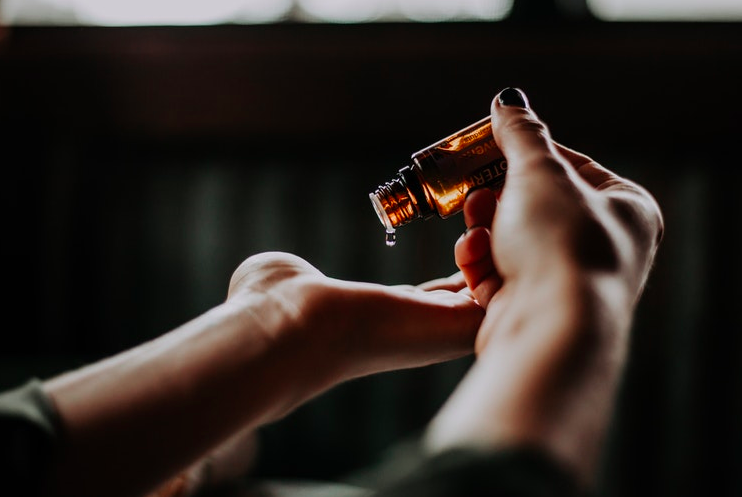Response to “The need for a new way” by Athol Williams: Part 2 – Rosalia Cranfield
The saddest part of the current criminal justice system is the inherent judgement that maintains silence between people until it is too late and the damage is done. Unfortunately, this disempowers them from being able to make impactful change. Instead of merely pointing fingers and placing the blame, (both subconsciously and intentionally) making right the wrongs is what really counts. Everyone deserves the space to just “be,” and tell their own story – because we are all guilty of doing wrong at some stage in our lives. At Creative Touch we are actively involved in “re-scripting the orientation of African organisational & societal life.” We believe that through reaching out and creating a space of connection, we are able to facilitate an area which closely reflects positive values, serving the common good through responsible leadership, and clean living. Not only is this transformational on many levels, it also embeds hope amidst damage caused by self-serving decisions, actions and behaviours at all individual levels, even within business and other organisations.

Similar to Athol Williams’ comprehensive reparation plan, we aim to provide people and institutions with practical support, improving the workplace and management experience of staff throughout the South African economy.
In my last blog post we briefly mentioned Chapman’s Languages of Love. In this one we’ll explore them in line with Creative Touch’s ethos.
Within the scope of our Workplace Chair Massage experience, our Corporate Languages of Acknowledgement © help you to go beyond what an ordinary manager would do. Let’s take a look at what this means:
Quality time: Your employee has the full presence of the therapist during their massage treatment.
In addition, they experience safe touch – an inherent need within a space where it is unlikely to be experienced.
Receiving gifts: The Workplace Chair Massage is a novel experience, especially as many staff cannot afford to treat themselves on a regular basis. Time and financial constraints restrict many people in this regard. Receiving the treatment speaks into self-acknowledgement on a neuro-physical level, as oxytocin is released. The effects of this are even greater when this happens during the course of a work day.
Acts of service: The Workplace Chair Massage demonstrates that the “company / institution / stakeholders / managers” care enough to make the arrangement and to investment in their staff. You are consciously “implementing a remedy”.
Physical touch: The Workplace Chair Massage provides tangible restoration for the receiver. The therapist adjusts the massage technique to suit the receiver’s unique preference. Healing takes place on a holistic level, cultivating positive energy for the employee, nourishing creativity, boosting their immune system and improving their ability to cope. In the longer term, this means decreases in absenteeism and boosted office moral and enthusiasm.
Words of affirmation: Seeing the employee as a human being affirms that they are not a number. 70 % of our communication is nonverbal – the Workplace Chair massage treatment affirms that “I appreciate you. You are valued, cherished, and deserving.” The therapist delivers this message through her hands by acknowledging them as a human being, but most importantly she calls you by your name which is scientifically proven to have many psychological benefits.
Let’s filter more love into our lives, starting on an intra-personal level (self-to-self), in our work environments as well as in our social interactions with others. Please send your suggestions to me directly at rosalia@creativetouch.co.za (subject heading “Inviting Love”)






